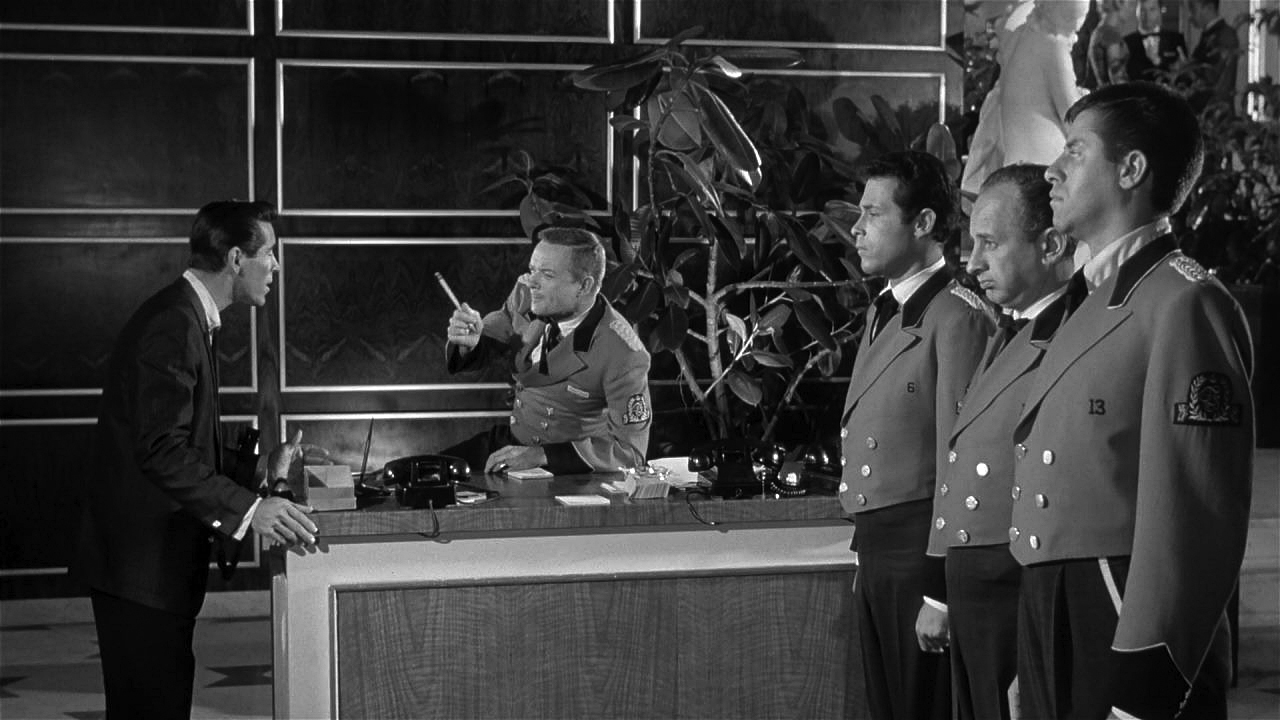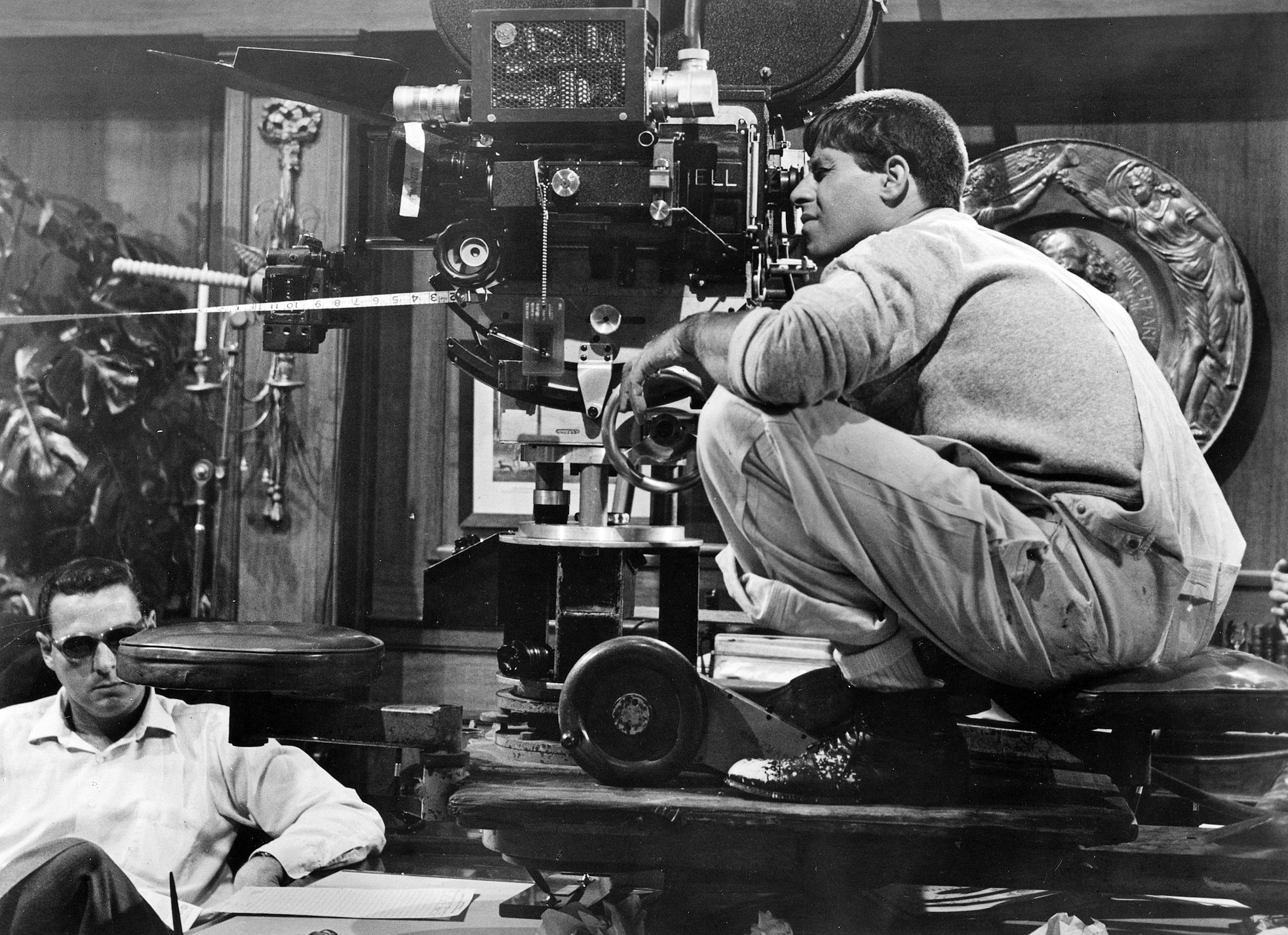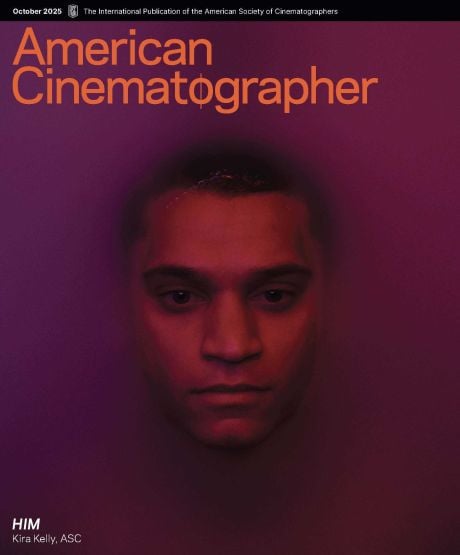
Wrap Shot: The Bellboy
A primitive version of video assist helped deliver the laughs for director-writer-star Jerry Lewis and cinematographer Haskell B. Boggs, ASC.

At the camera, Jerry Lewis confers with his creative team, including cinematographer Haskell B. Boggs, ASC (second from right) while shooting the actor’s directorial debut, The Bellboy (1960). Mounted to the 35mm Mitchell camera above its finder is a relatively small video unit, which delivered a closed-circuit image similar to what the main unit was recording, serving as a primitive video assist system.
Lewis helped popularize this technique (which was pioneered in the 1940s), allowing him to quickly review each take for performance — especially his own.

Lewis and Boggs had previously teamed on such comedies as The Delicate Delinquent (1957), The Geisha Boy (1958) and Don't Give Up the Ship (1959) before the performer asked the veteran cinematographer to shoot his first picture as a director.
Not incidentally, Boggs also photographed the Lewis comedy vehicle Cinderfella, directed by Frank Tashlin and released just weeks after The Bellboy in 1960.
In 1989, Paul A. Roos was awarded a Technical Achievement Award from the Academy of Motion Picture Arts and Sciences for a video assist system based on his 1954-issued patent for a configuration that utilized a beamsplitter to allow the film camera and video unit to record through the same lens, eliminating the parallax issues that Lewis had to contend with due to the side-by-side setup seen here.







